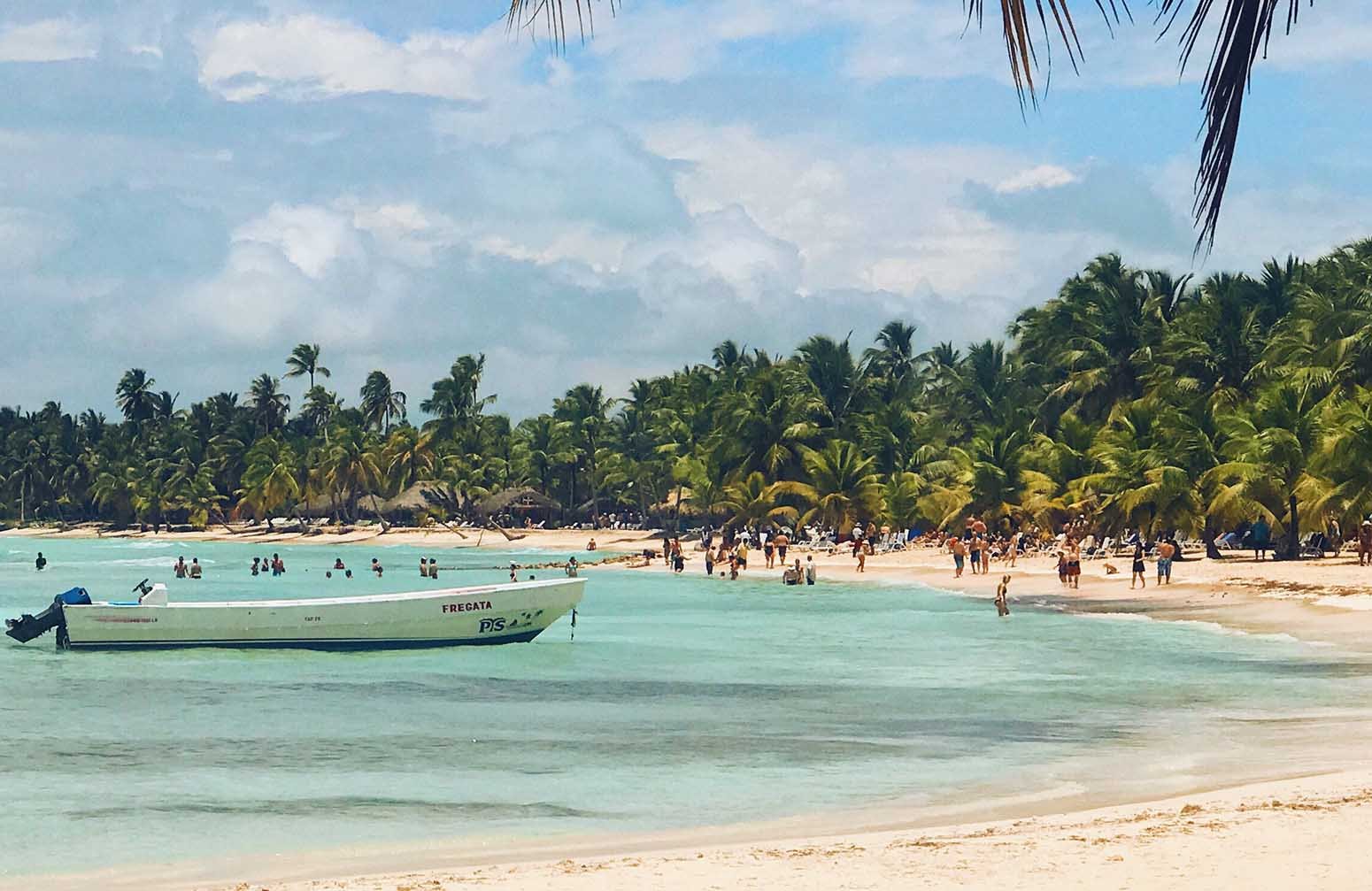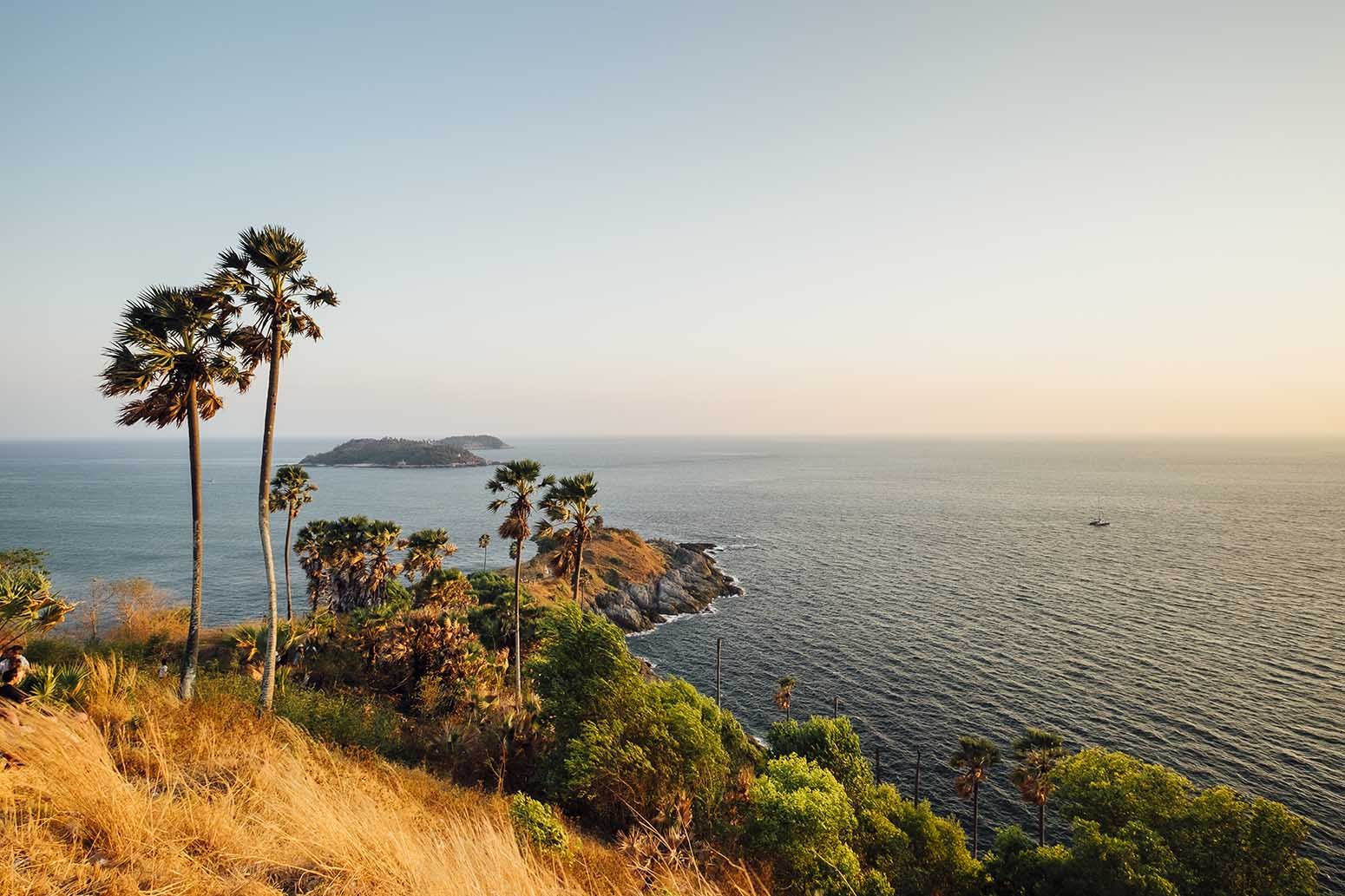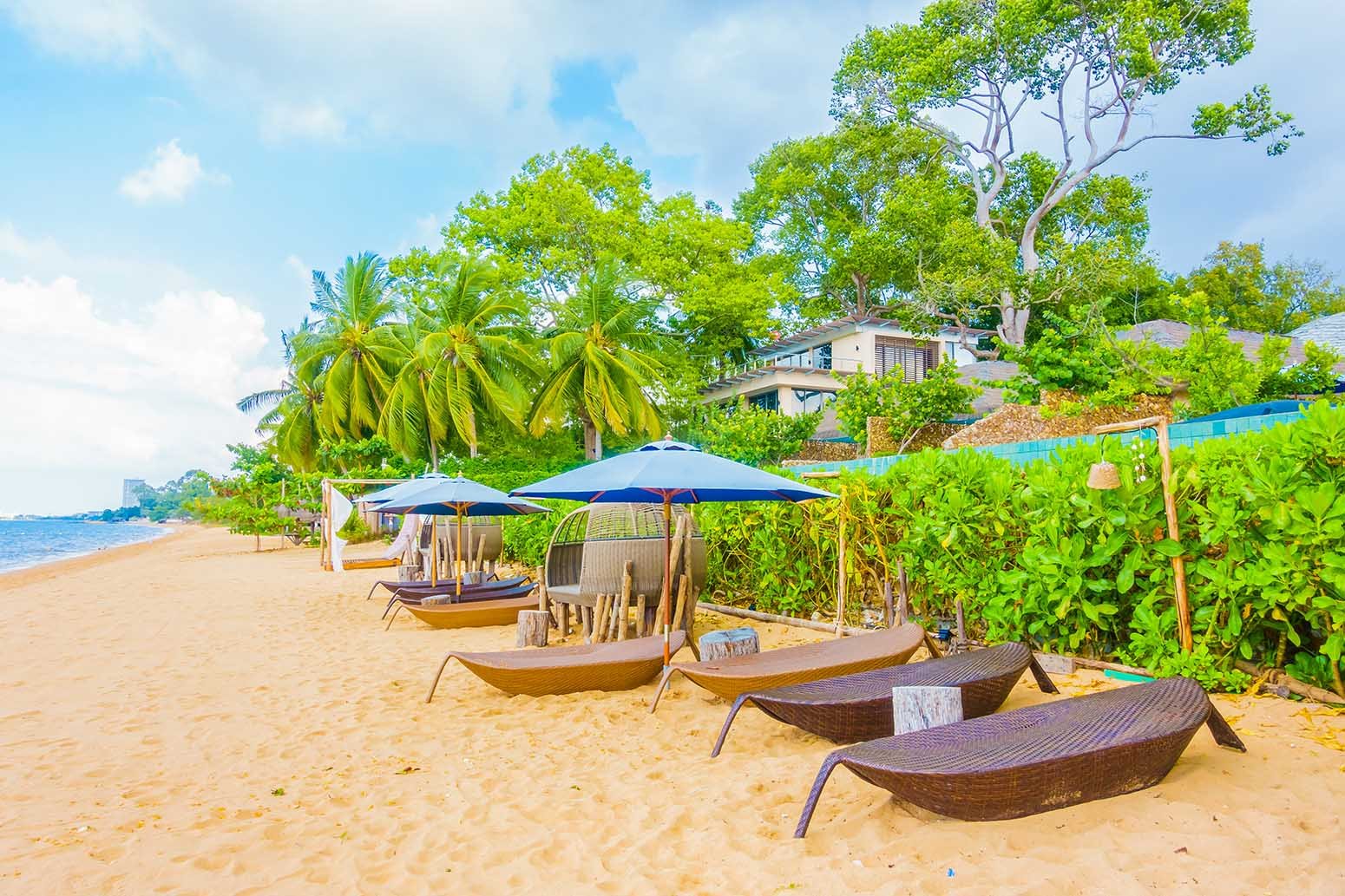Goa Luxury Beach Tour
- Calangute - Baga - Candolim - Palolem



- 5 Days
- Pickup Available
- Skip the ticket line
- Free Cancellation
Overview
The Golden Triangle Tour with Goa combines the historical and cultural richness of Delhi, Agra, and Jaipur with the serene beaches and vibrant nightlife of Goa. This itinerary is perfect for those who wish to explore India’s heritage and relax by the seaside, offering the best of both worlds.
Key Details
- Luxurious Stays: Stay in 5-star beachfront resorts with world-class amenities.
- Scenic Beaches: Relax on iconic beaches like Calangute, Baga, Candolim, and Palolem.
- Adventure and Fun: Experience water sports like parasailing, jet-skiing, and scuba diving.
- Cultural Experiences: Visit historic churches like Basilica of Bom Jesus and colorful local markets.
- Gourmet Dining: Relish fine dining with local Goan cuisine and international flavors.
- Nightlife: Explore Goa’s vibrant nightlife at clubs and beach shacks.
Detailed Itinerary of Goa Luxury Beach Tour
- Arrive at Goa International Airport and transfer to your luxury resort.
- Welcome drink and check-in at a premium beach resort.
- Relax at the resort’s private beach or pool.
- Overnight stay in Goa.
- Visit popular beaches like Calangute, Baga, and Anjuna.
- Explore the Portuguese heritage at Fort Aguada.
- Shop for souvenirs at the famous Anjuna Flea Market.
- Enjoy Goan nightlife at local clubs.
- Overnight stay in Goa.
- Explore serene beaches like Palolem, Colva, and Butterfly Beach.
- Visit heritage sites such as Basilica of Bom Jesus and Se Cathedral.
- Enjoy a luxury yacht ride along the Mandovi River (optional).
- Overnight stay in Goa.
- Engage in water sports like parasailing, banana boat rides, and scuba diving.
- Afternoon at leisure to enjoy spa treatments or relax by the resort pool.
- Sunset cocktails on the beach.
- Overnight stay in Goa.
- Morning at leisure for last-minute shopping or beachside relaxation.
- Check out and transfer to Goa International Airport for your onward journey.
Tour Inclusions & Exclusions
Inclusions
- Accommodation in premium hotels (single/double occupancy)
- Daily breakfast at the hotels
- Private air-conditioned car with professional driver
- Water sports package (standard activities)
- Professional English-speaking guide
- Monument entrance fees
Exclusions
- Lunch and dinner (can be arranged at the resort)
- Personal expenses, tips, and gratuities
- Optional luxury yacht rides or private experiences
- Airfare to/from Goa
Frequently Asked Questions (FAQs)
Can this tour be customized for a honeymoon?
Yes, we offer special honeymoon packages with romantic add-ons like candlelight dinners and spa treatments.
Is this tour family-friendly?
Absolutely! We can tailor the itinerary to include kid-friendly activities and experiences.
What is the best time to visit Goa?
November to March is ideal for pleasant weather and vibrant beach life.
Are water sports included in the package?
Standard water sports are included, and premium activities can be arranged at an additional cost.
Can we extend the stay or include other destinations?
Yes, the tour can be extended or combined with nearby destinations like Kerala or Mumbai.
From $80
Or you may call us
Please reach out to our excellent customer support team via Call/Whatsapp and we are happy to talk to you.
